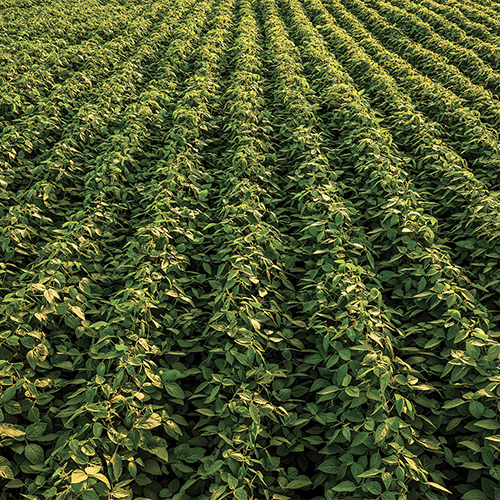Crop Protection And The CropLife 100: A Mixed Picture
In the grand scheme of 2011, crop protection products did just fine. According to data compiled in the 2011 CropLife 100 survey of ag retailers, overall sales for the category improved a respectable 8% for the year to $7.1 billion. “Sales of crop protection products for us were quite good,” says Wade Blowers, COO at Hamilton Farm Bureau, Hamilton, MI.
Despite this fact, however, the decade long market share losses for the category continued to pile up. By the end of 2011, crop protection products will represent only 29% of annual crop input and service sales at the nation’s top retailers. To put this into some historic perspective, the crop protection products category used to be the biggest yearly revenue generator for CropLife 100 retailers back during the beginning of the 2000s, with better than 40% market share. In recent years, the category has simply been outpaced year in and year out by faster growing input categories such as fertilizer and seed.
Still, from a sub-category standpoint, 2011 was one of the better years the crop protection products category has seen. During 2010, two of the three sub-categories that make up this group — herbicides, fungicides and insecticides — had difficult sales years. According to that year’s survey, herbicide sales increased 1% to more than 5% for only 36% of respondents. Likewise, insecticide sales increases of 1% to more than 5% were recorded by only 42% of CropLife 100 retailers. Only fungicides bucked this trend, up 1% to more than 5% for 62% of respondents.
In this sense, 2011 was a banner year. According to this year’s CropLife 100 retailers, more than 50% of respondents had sales increases of 1% to more than 5% in all three sub-categories. As in 2010, fungicides led the pack, with 81% of CropLife 100 retailers growing their revenues in this area 1% to more than 5%. Meanwhile, herbicides sales of 1% of more than 5% were recorded by 66% of respondents and 54% had similar gains in their insecticide sales.
Generic Issues
In contrast to the performance of the sub-categories in 2011, post-patent products had something of a rough year. Back at the beginning of the 2000s, there are many market observers that thought so-called generic crop protection products would ultimately take over the lion’s share of ag retailer sales. At the time, overall sales for this group hovered around the 30% mark.
Since then, however, generic fortunes have shifted somewhat. During the 2009 CropLife 100 survey, generic products made up 24% of respondents cumulative crop protection product sales. In 2011, this figure has dropped to 21%.
According to CropLife 100 retailers, there are two main reasons why they carry generic products. The first is to meet the demand of grower-customers. Forty-four percent of respondents said this was their major reason for selling post-patent products.
The second reason is generics tend to offer a better profit profile than brand name crop protection products. When asked this question, 38% of CropLife 100 retailers wrote that higher profits motivated them to keep post-patent products in their warehouses.
If there’s a knock against the proliferation of generics among CropLife 100 retailers, it’s a matter of trusting their suppliers. When asked if they believed they could trust their generic suppliers, only 16% of respondents agreed with this statement. The majority, 61%, not did.






